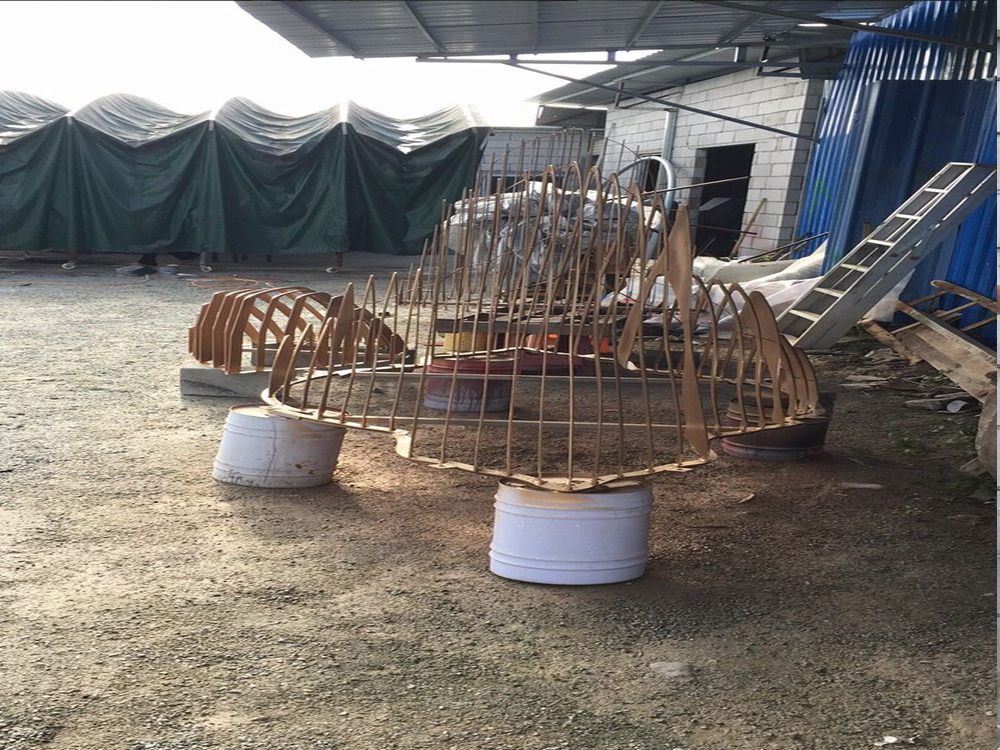
Bronze sculptures are timeless works of art, but their stability on uneven surfaces can pose a challenge for artists. To ensure these heavy pieces remain secure, artists employ a combination of careful planning, engineering techniques, and specialized materials.
One common method involves creating a custom base or pedestal that compensates for the unevenness of the ground. Artists may use leveling tools to assess the surface and design a base that distributes the sculpture's weight evenly. For outdoor installations, concrete foundations or steel reinforcements are often embedded into the ground to prevent shifting over time.
Another technique is the use of adjustable mounting systems. These systems allow artists to fine-tune the sculpture's position, ensuring it stands upright despite surface irregularities. Some artists even incorporate hidden counterweights or anchors to enhance stability without compromising aesthetics.
Material choice also plays a critical role. Bronze sculptures are often hollow to reduce weight, but artists may fill the base with sand or other dense materials to lower the center of gravity. Additionally, non-slip pads or rubberized coatings can be applied to the sculpture's contact points to minimize movement.
By combining these strategies, artists ensure their bronze masterpieces remain stable and enduring, even on the most challenging surfaces.

